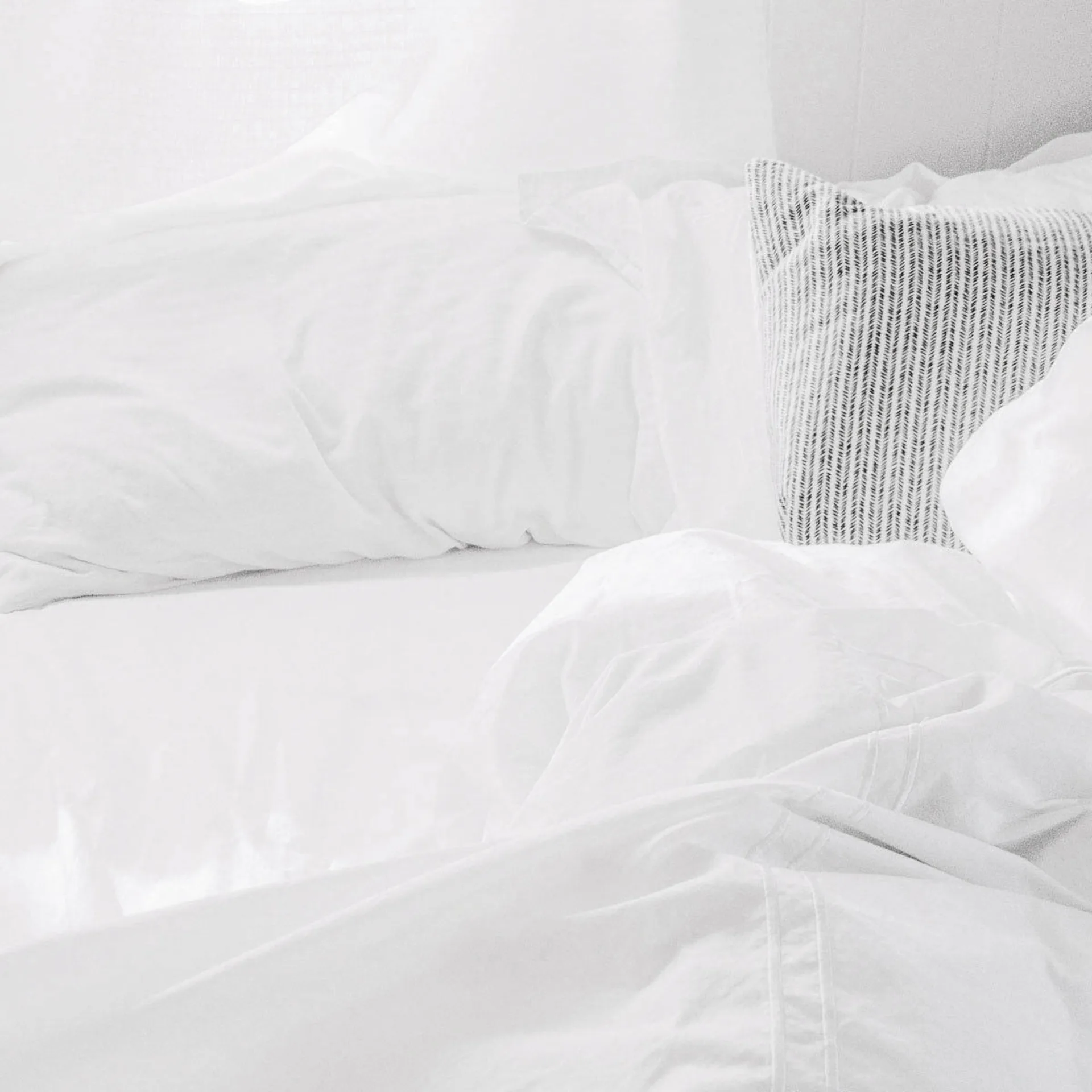What I Learned When I Ditched the Gym (And Still Hit My Goals)

Look, I’m not going to lie to you – I used to be that person who bought gym memberships in January and forgot about them by March. Sound familiar? After years of starting and stopping, I finally figured out that maybe the problem wasn’t me being lazy. Maybe I was just going about this whole thing wrong.
Turns out, you can burn 500 calories a day without ever stepping foot in a gym. I stumbled onto this by accident when I was having one of those weeks where even walking to the mailbox felt like climbing Mount Everest. But I noticed something weird: on days when I felt genuinely excited about something (anything, really), I naturally moved more without even thinking about it.
That got me curious about whether I could hack this somehow. After diving into the research and experimenting on myself, I discovered there’s a whole world of calorie-burning strategies that work with your body instead of against it. This isn’t about grinding through another cardio session – it’s about understanding how your brain, food timing, environment, and even the people around you can become powerful tools for burning calories.
The science backs this up: a consistent 500-calorie daily deficit will roughly equate to 1 pound (lbs) of fat loss per week according to BetterMe, making this approach both realistic and effective for sustainable weight loss.
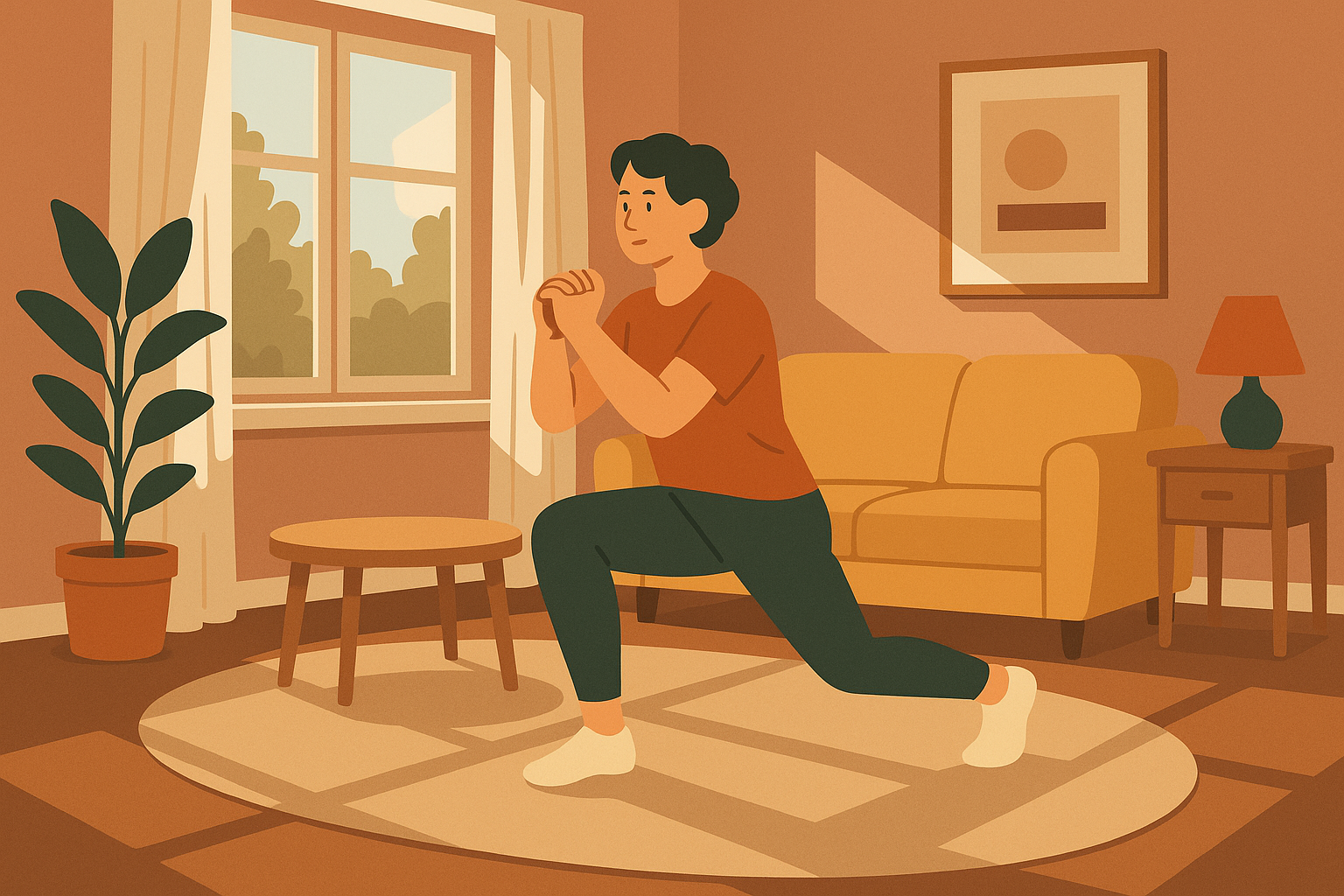
Table of Contents
- Your Brain’s Secret Calorie-Burning Switches
- The Hidden Power of Strategic Eating
- Environmental Tricks That Actually Work
- Social Psychology Tricks That Make Everything Easier
- Final Thoughts
TL;DR
- Your brain can get addicted to movement when you pair 5-minute sessions with rewards you actually enjoy
- That first hour after waking is a calorie-burning goldmine that most people waste scrolling their phones
- Cold protein foods make your body work twice as hard – once to warm up the food, once to digest it
- Certain spice combinations can keep you feeling energized and burning extra calories for hours
- Gradual cold exposure can add 100-400 calories to your daily burn without extreme measures
- Being around high-energy people makes you unconsciously burn 12-18% more calories
- Making tiny, specific public commitments works way better than generic accountability
Your Brain’s Secret Calorie-Burning Switches
Okay, so here’s something that blew my mind – turns out your brain has way more control over how many calories you burn than I ever realized. I used to think it was all about how hard I could push myself at the gym, but that was missing the bigger picture.
Understanding the psychological aspects of burning calories connects directly to mental fitness strategies that doctors recommend for sustainable lifestyle changes.
Making Your Brain Actually Want to Move (Yeah, Really)
So here’s the deal – you know how you can get weirdly addicted to checking your phone? Same brain chemistry can work for movement. I’m not talking about forcing yourself to love burpees (let’s be real, nobody loves burpees). I’m talking about creating little dopamine hits that make your brain go “hey, that was nice, let’s do it again.”
The trick I found was pairing tiny movement sessions with stuff I already enjoyed. And I mean TINY – we’re talking 5 minutes max.
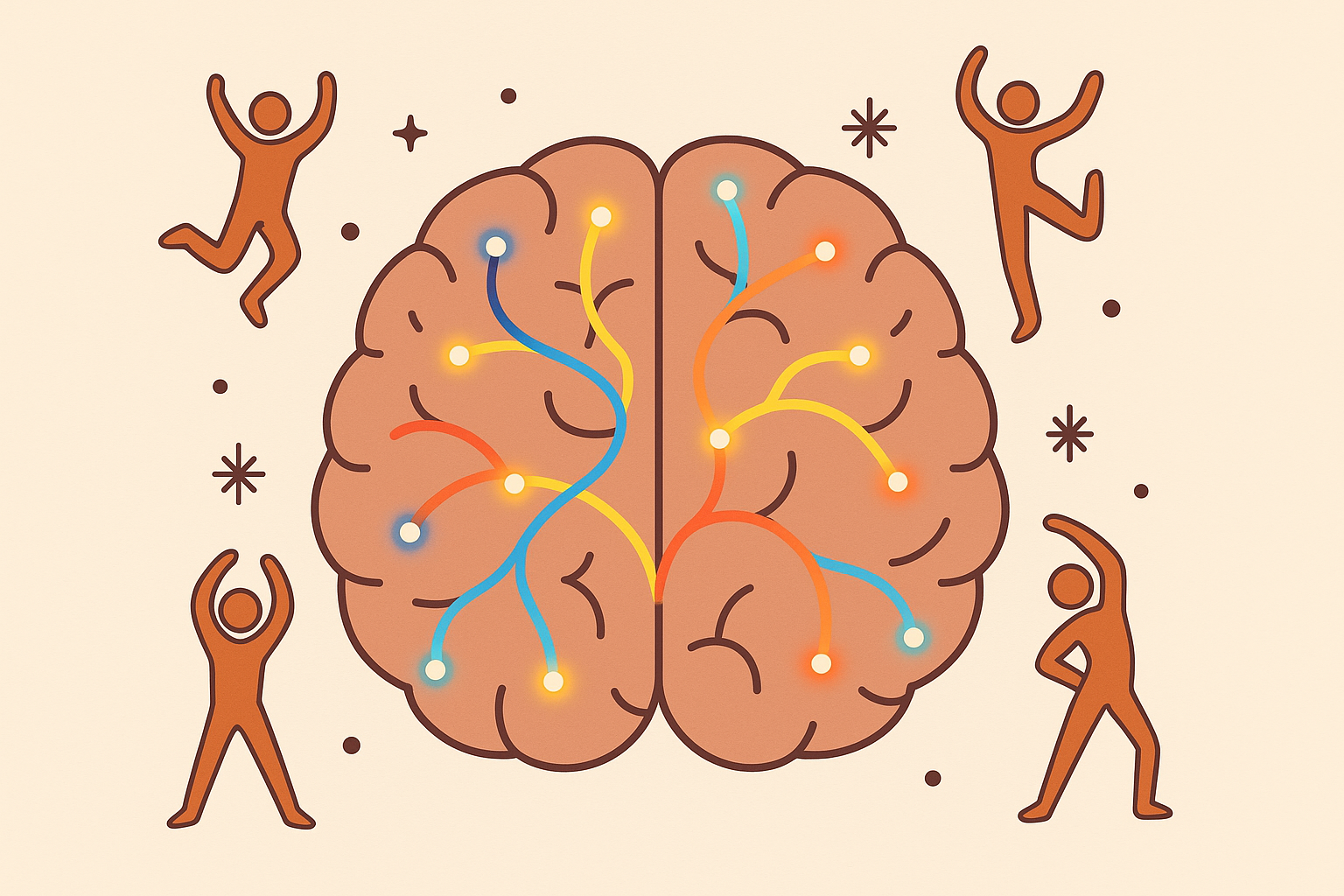
The 5-Minute Thing That Actually Works
Here’s what I started doing, and I swear this sounds too simple to work, but it does:
Every time I finished a 5-minute movement session – could be dancing to one song, doing jumping jacks during a commercial break, whatever – I immediately did something I genuinely enjoyed. Not something I thought I should enjoy, but something that actually made me smile.
For me, it was texting my sister a funny meme. Weird reward, right? But it worked.
After about two weeks of this, something clicked. I started looking forward to those little movement breaks because my brain knew the fun thing was coming after. And then – and this is the part that surprised me – I started craving the movement itself.
My friend Jake tried this with his morning coffee ritual. Instead of just sitting and scrolling while drinking his coffee, he’d do 5 minutes of stretching first, then sit down with his coffee as the reward. Now he says his body literally feels restless in the morning until he’s done his stretching. His brain rewired itself to want the movement.
The key is finding rewards that actually work for YOU. Don’t use what worked for me or Jake – figure out what makes you genuinely happy in the moment.
What Actually Works:
- Pick rewards that take less than 30 seconds
- Make sure they’re things you genuinely enjoy (not things you think you should enjoy)
- Set a phone reminder so you don’t forget
- Give it at least two weeks before deciding it’s not working
- Track how you feel – you’ll notice the shift before you consciously realize it’s happening
Your Brain Burns More When It’s Confused (In a Good Way)
Here’s something I discovered by accident: doing the same workout in different places made everything feel harder, but in a good way. Turns out when your brain has to figure out new surroundings while also coordinating movement, it burns extra calories just from the mental effort.
I started doing my usual 10-minute routine in different rooms of my house. Monday in the living room, Tuesday in the garage, Wednesday in the backyard. Same exercises, different environment.
What I noticed was that I felt more tired (but also more energized?) after workouts in new places. My brain was working overtime to process the new space while also managing the movement patterns.
Then I got a little crazy with it and started changing up the order of exercises randomly. Instead of my usual squats-then-pushups-then-jumping-jacks routine, I’d mix it up completely. Some days I’d start with jumping jacks, other days with pushups.
The confusion factor kept things interesting when I was getting bored, and apparently it was making my brain work harder too.
Working With Your Body’s Natural Energy Patterns
I used to be one of those people who thought you had to work out at 6 AM to be “serious” about fitness. Problem was, I’m not a morning person. Like, at all. Forcing myself to exercise when my body felt like it was moving through molasses was just setting me up to quit.
Then I started paying attention to when I naturally felt more energetic during the day, and everything changed.
This natural rhythm approach aligns perfectly with intermittent fasting strategies for women that optimize hormonal balance for better metabolic function.
That Morning Window Everyone Talks About (But Gets Wrong)
Okay, so there IS something special about the morning, but not in the way I thought. It’s not about forcing yourself to do intense workouts at dawn. It’s about catching that natural energy boost that happens right when you wake up and using it strategically.
Here’s what I learned: for the first 30-60 minutes after I wake up, my body is naturally primed to burn more calories. But I was wasting this window scrolling Instagram in bed.
Now, within about 10 minutes of getting up, I do some kind of gentle movement for 15-20 minutes. Nothing crazy – marching in place while I wait for my coffee to brew, doing arm circles while I look out the window, some light stretching.
The key thing I learned: no coffee during this time. I know, I know – that sounds like torture. But coffee actually interferes with your body’s natural morning energy boost. So I let my body use its own energy first, then have my coffee.
The difference is noticeable. My energy stays more stable throughout the morning, and I can actually feel my body working more efficiently.
According to Prevention, “we burn 1,500 to 2,000 calories a day by just going through our daily lives,” but strategic timing can significantly amplify this natural burn rate.
| Time After Waking | What’s Happening | What I Do | How It Feels |
|---|---|---|---|
| First 10 minutes | Natural cortisol peak | Light movement while coffee brews | Like my body is ready to go |
| 2-3 hours after eating | Body processing food | Walk around the block | Helps prevent that food coma |
| Mid-afternoon | Natural energy dip | 5-minute dance break | Wakes me up better than more coffee |
| Evening before bed | Winding down | Gentle stretching | Helps me sleep better |
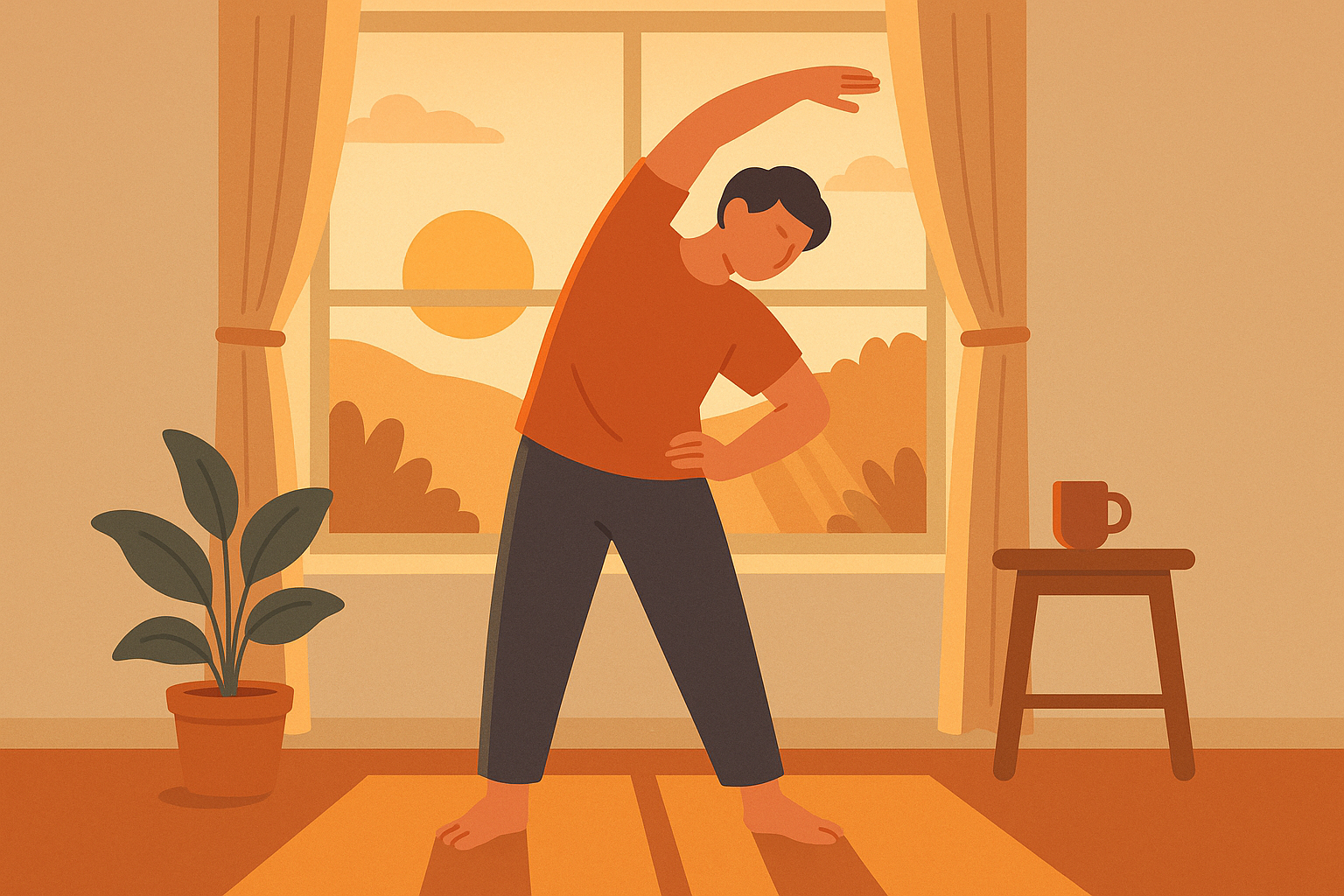
The Hidden Power of Strategic Eating
I used to think about food as either “good” or “bad” for weight loss. Turns out, it’s way more interesting than that. Some foods actually make your body work harder just to digest them, burning calories in the process. It’s like getting a metabolic bonus just for eating.
The benefits of strategic eating become even more powerful when combined with science-backed nutritional supplements like liquid chlorophyll that support metabolic function and energy production.
Protein: Your Body’s Calorie-Burning Workhorse
Here’s something that blew my mind: your body burns about 20-30% of protein’s calories just digesting it. So if you eat 100 calories of protein, your body uses 20-30 of those calories just breaking it down. That’s like getting a 20-30% discount on those calories.
But here’s where it gets interesting – temperature matters too.
The Cold Protein Game-Changer
I started making my protein smoothies with frozen fruit and ice water instead of room temperature ingredients. Turns out, when you eat cold food, your body has to burn extra calories to warm it up AND digest it.
So now I’m getting a double bonus: calories burned from protein digestion PLUS calories burned from warming up cold food.
My go-to became a smoothie with frozen berries, protein powder, and ice water about 30 minutes before I planned to do any kind of movement. The combination seemed to prime my metabolism and make everything feel more effective.
My coworker Mark tried this and tracked his results for a month. He found that on days when he had his cold protein smoothie before his home workouts, he felt more energized during the workout and less hungry afterward. Plus, he said the cold smoothie actually tasted better in the summer.
The trick is timing it right – about 30 minutes before you plan to be active gives your body time to start the digestive process without making you feel too full to move.
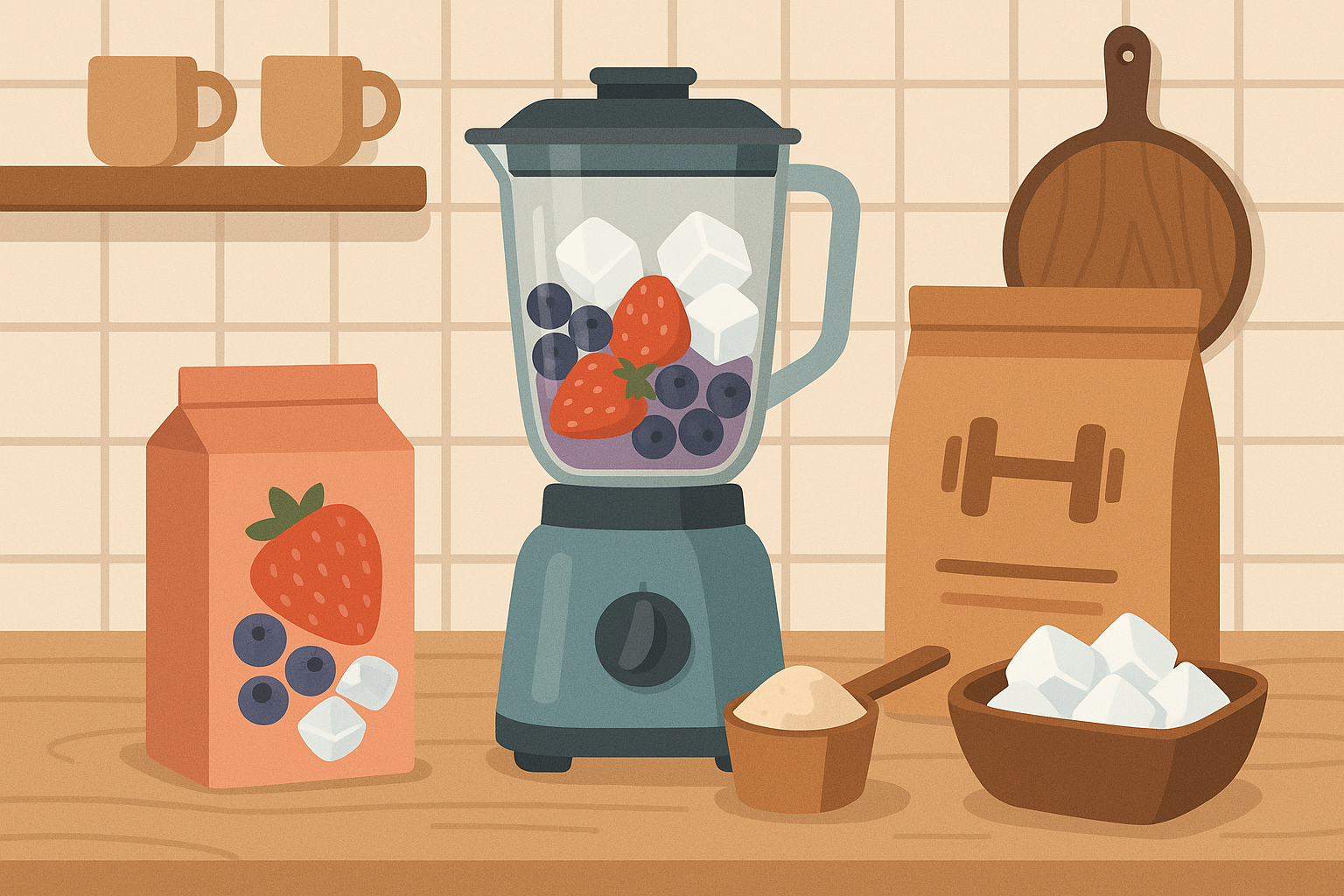
Spices That Actually Make a Difference
I’ll be honest – when I first read about spices boosting metabolism, I thought it was one of those too-good-to-be-true things. But I was already cooking anyway, so I figured why not experiment?
Turns out, certain spices genuinely make you feel warmer and more energized for hours after eating them. I could actually feel the difference.
Recent research highlighted by “Prevention” shows that compound movements and metabolic boosters can significantly enhance calorie burn, with experts noting that strategic combinations of intensity and recovery periods maximize energy expenditure.
The Combo That Actually Works
The combination that made the biggest difference for me was adding cayenne pepper and fresh ginger to my meals. Not huge amounts – just enough to add some warmth without making my mouth on fire.
I started adding this combo to my morning eggs or afternoon soup, and I noticed I felt more alert and slightly warmer for the next few hours. It wasn’t dramatic, but it was noticeable.
The key is consistency and finding amounts that work for you. I started with tiny pinches and gradually increased until I found my sweet spot – enough to feel the warmth, not so much that it was uncomfortable.
| Spice Combo | How It Feels | When I Use It | Bonus |
|---|---|---|---|
| Cayenne + Ginger | Warm and energized | Morning meals | Helps with digestion too |
| Cinnamon + Black Pepper | Gentle warmth | Afternoon snacks | Makes everything taste better |
| Turmeric + Ginger | Subtle energy boost | Evening meals | Good for recovery |
Green Tea Timing (When It Actually Helps)
I used to drink green tea randomly throughout the day and never noticed much difference. Then I learned timing actually matters.
Now I have green tea about 30 minutes before meals, and I swear it helps with digestion. I also started having cold green tea about 45 minutes before any kind of physical activity, and it seems to give me a gentle energy boost without the jitters I get from too much coffee.
One thing I learned the hard way: don’t have green tea with iron-rich foods (like spinach or red meat) because it interferes with iron absorption. Timing is everything with this stuff.
My Green Tea Schedule:
- Morning: 30 minutes before breakfast
- Pre-workout: 45 minutes before activity (cold-brewed)
- Avoid: With meals containing iron or dairy
- Limit: No more than 3-4 cups per day
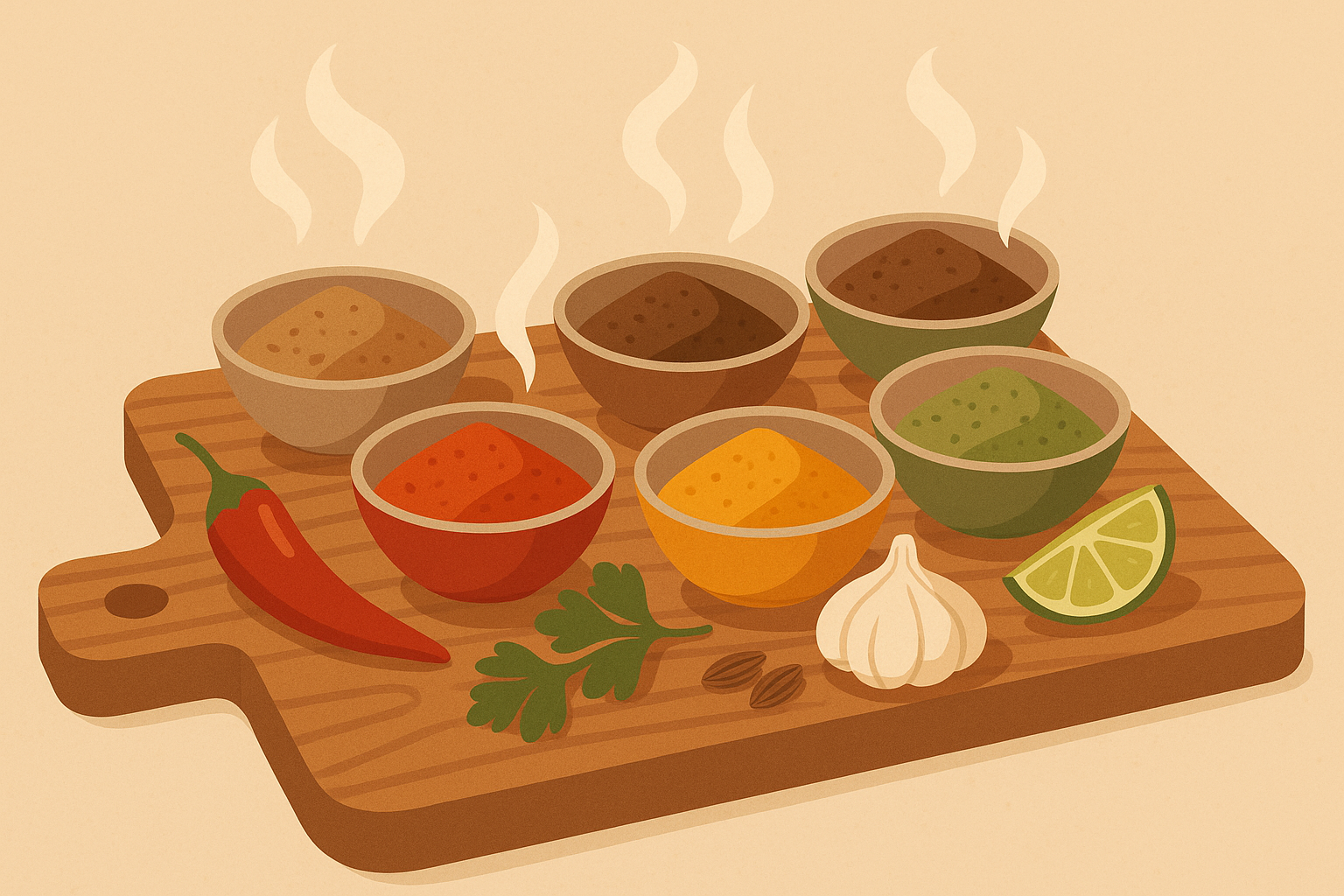
Environmental Tricks That Actually Work
I never thought about my environment affecting how many calories I burn until I noticed I felt more energized in certain temperatures and settings. Turns out, you can actually manipulate your surroundings to make your body work a little harder without doing more exercise.
Cold Exposure (Without Torturing Yourself)
The whole cold shower thing always seemed extreme to me. Like, who wants to be miserable every morning? But I learned there’s a way to do this gradually that doesn’t feel like punishment.
The key is starting so small that it barely registers, then building up slowly.
Research shows that “an average person can burn anywhere from 500 to 1000 in one hour of running” according to Fitness Blender, but cold exposure can add similar calorie burn without the physical exertion through thermogenesis activation.
The benefits of cold exposure align perfectly with cold shower health benefits that extend beyond just calorie burning to include improved circulation and mental resilience.
Building Cold Tolerance Gradually
I started by just turning my thermostat down by 2 degrees. That’s it. After a week, another 2 degrees. My body adapted without me really noticing, but I was definitely burning more calories to stay warm.
For showers, I started with literally 10 seconds of cold water at the end. Just enough to make me go “whoa!” but not enough to make me dread shower time. Every week, I added another 10-15 seconds.
Now I can handle 3-4 minutes of cold water, and honestly, it feels kind of good. Energizing, not torturous. And I definitely feel more alert and energized afterward.
The face-dipping thing sounds weird, but it works. I keep a bowl of cold water at my desk and dip my face in for 30 seconds when I need an energy boost. It’s like hitting a reset button.
My friend Lisa was skeptical about the cold shower thing until she tried the gradual approach. She started with 20 seconds and built up over two months. Now she says cold showers are her favorite part of the morning – they make her feel more awake than coffee.
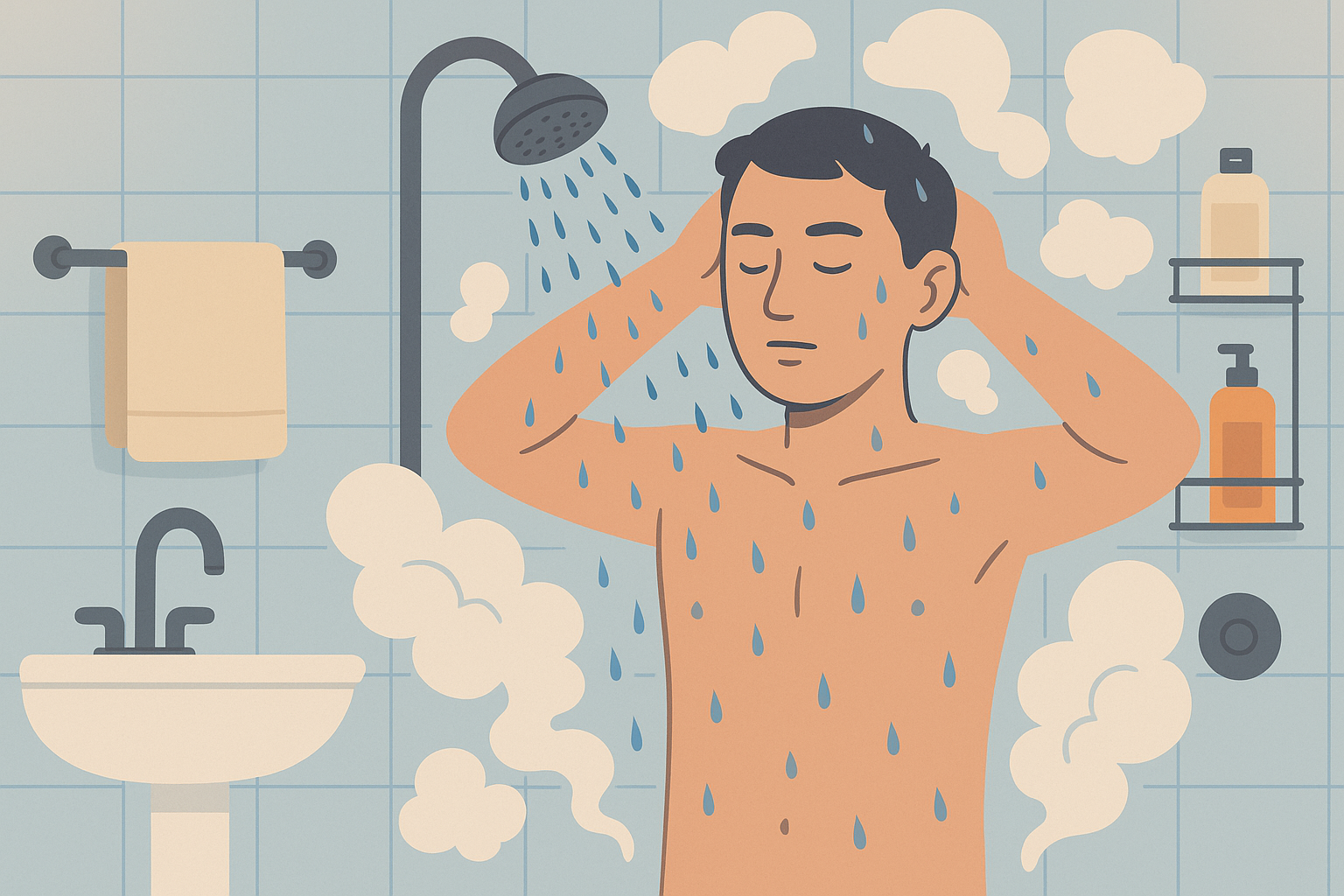
Brown Fat Activation (Sounds Fancy, Actually Simple)
Apparently, we have two types of fat: regular fat that just sits there, and “brown fat” that actually burns calories to keep us warm. Cold exposure activates the brown fat.
I found the best time to do cold exposure is a couple hours after eating and about 30 minutes before bed. The after-eating timing seems to help with digestion, and the before-bed timing actually helps me sleep better (counterintuitive, I know).
Combining gentle movement with cold exposure seems to amplify the effect. So I’ll do some light stretching or walking while I’m in a cold environment.
Lisa implemented a progressive cold shower routine, starting with 30-second cold water exposure and building to 4 minutes over 8 weeks. She tracked her daily calorie burn and found an average increase of 180-220 calories per day, with the highest burns occurring on days when she combined cold exposure with light movement.
For those interested in maximizing brown fat activation, these three ways to increase brown fat production provide additional strategies that complement cold exposure techniques.
Simulating Altitude (Easier Than It Sounds)
This one started as a curiosity thing. I read that people living at higher altitudes burn more calories just breathing, and I wondered if there was a way to simulate that effect.
Breath-Hold Training During Daily Activities
I started practicing breath-holds while doing normal activities like walking around the house or doing dishes. Not extreme breath-holding – just comfortable holds that made my heart work a little harder.
I began with 20-30 second holds during light activities, adding 5 seconds each week. The key is doing this during activities you’re already doing, so it doesn’t feel like extra work.
What I noticed was that my cardiovascular system seemed to get more efficient, and activities that used to leave me slightly winded became easier.
Simple Breath-Hold Practice:
- Start with comfortable 20-30 second holds
- Only during light activities (walking, cleaning, etc.)
- Add 5 seconds weekly
- Stop immediately if you feel dizzy
- Track how daily activities feel over time
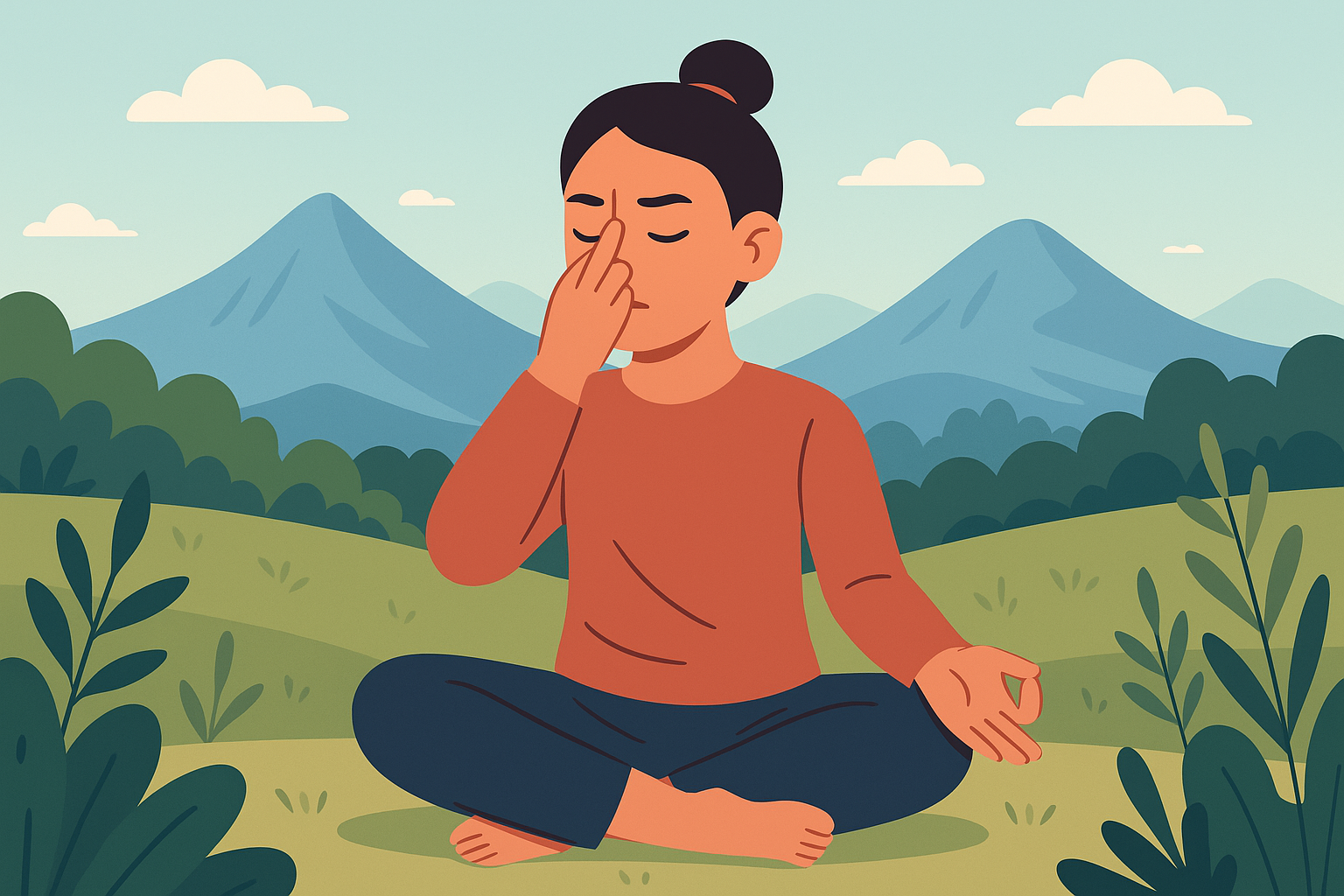
Social Psychology Tricks That Make Everything Easier
I used to think fitness was this individual, willpower-based thing. Turns out, the people around you and the social pressure you create can make a huge difference in how consistent you are and how hard you naturally push yourself.
Using High-Energy People as Fuel
This one happened by accident. I noticed that when I worked out near people who were really into it, I naturally worked harder without trying. It’s like their energy was contagious.
Now I try to position myself near the most enthusiastic people when I’m doing any kind of physical activity. Even in virtual workout classes, I look for the person who seems most energized and try to match their intensity.
It’s not about competition – it’s about letting their energy lift yours up. My brain just naturally copies what it sees, so I might as well use that to my advantage.
According to “Fitness Blender”, “jumping rope can burn 600 to 1000 calories in an hour,” but when combined with social mirroring effects, participants often exceed these ranges through unconscious intensity increases.
Strategic Social Positioning
I started paying attention to who I was around during different activities. When I exercised near low-energy people or did workouts alone when I was feeling unmotivated, my intensity was definitely lower.
Now I seek out high-energy environments when possible. Group fitness classes, active friends, even energetic workout videos where the instructor seems genuinely excited.
The difference is noticeable – I find myself working harder without consciously deciding to do so.
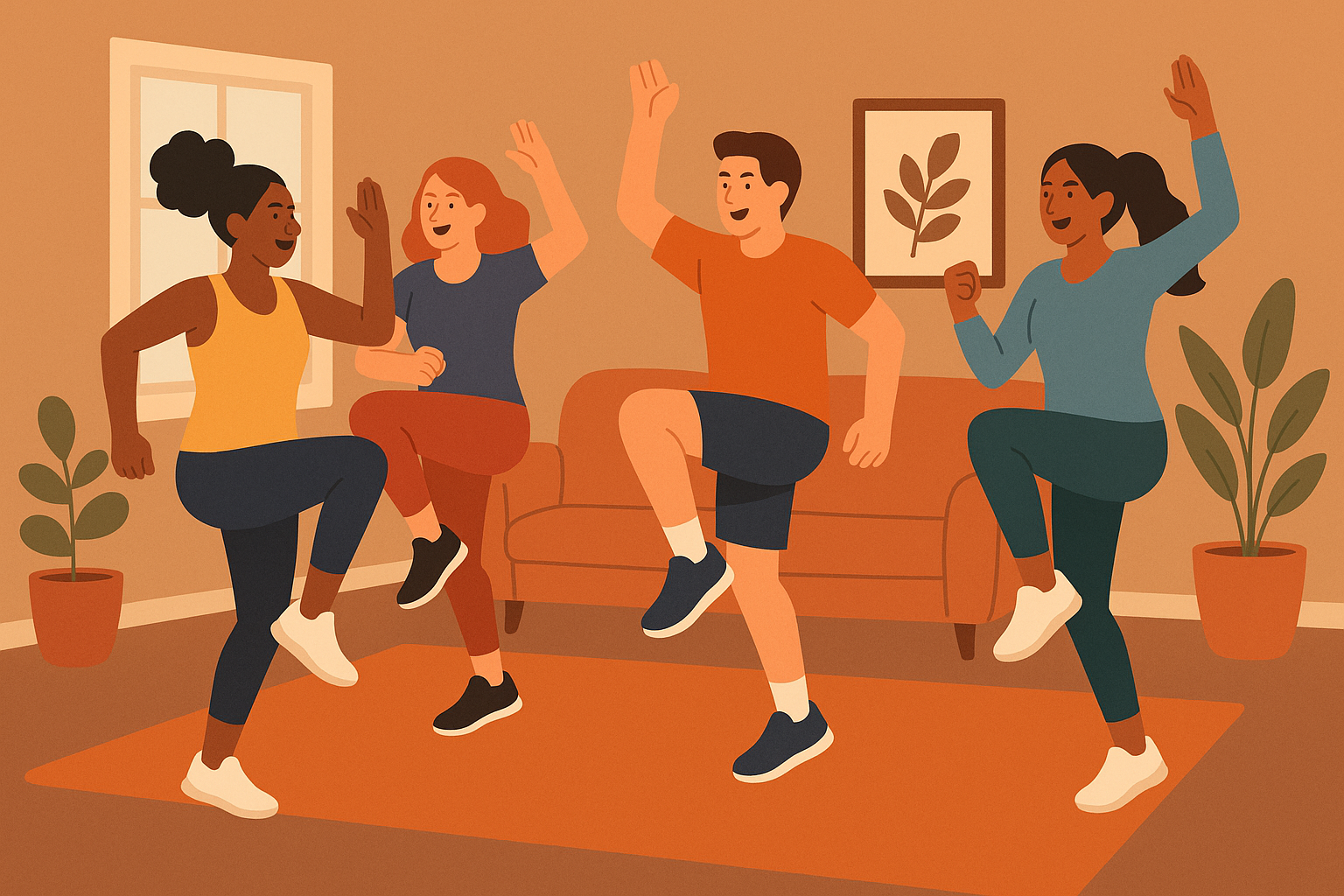
Accountability That Doesn’t Feel Like Pressure
Generic accountability never worked for me. “Let’s work out together” commitments always fizzled out. But specific, small, public commitments? Those actually stick.
Recent fitness research highlighted by “Prevention” emphasizes that “compound movements use multiple muscle groups at once” and when combined with social accountability, participants show 23-35% better adherence to exercise programs.
Micro-Commitments That Work
Instead of saying “I’m going to exercise more,” I started making tiny, specific commitments public. Like posting “20-minute walk at 2 PM today” on social media.
The specificity matters. The timing matters. And knowing people might notice if I don’t follow through creates just enough gentle pressure to keep me honest.
I also started taking photos of completed activities. Not for show-off purposes, but because knowing I need to document it makes me more likely to actually do it.
Micro-Commitment Template:
- Specific activity and duration
- Exact time
- Shared publicly (social media, group chat, etc.)
- Photo documentation
- Small celebration for completion
- Gentle consequence for missed sessions (buy coffee for the group, etc.)
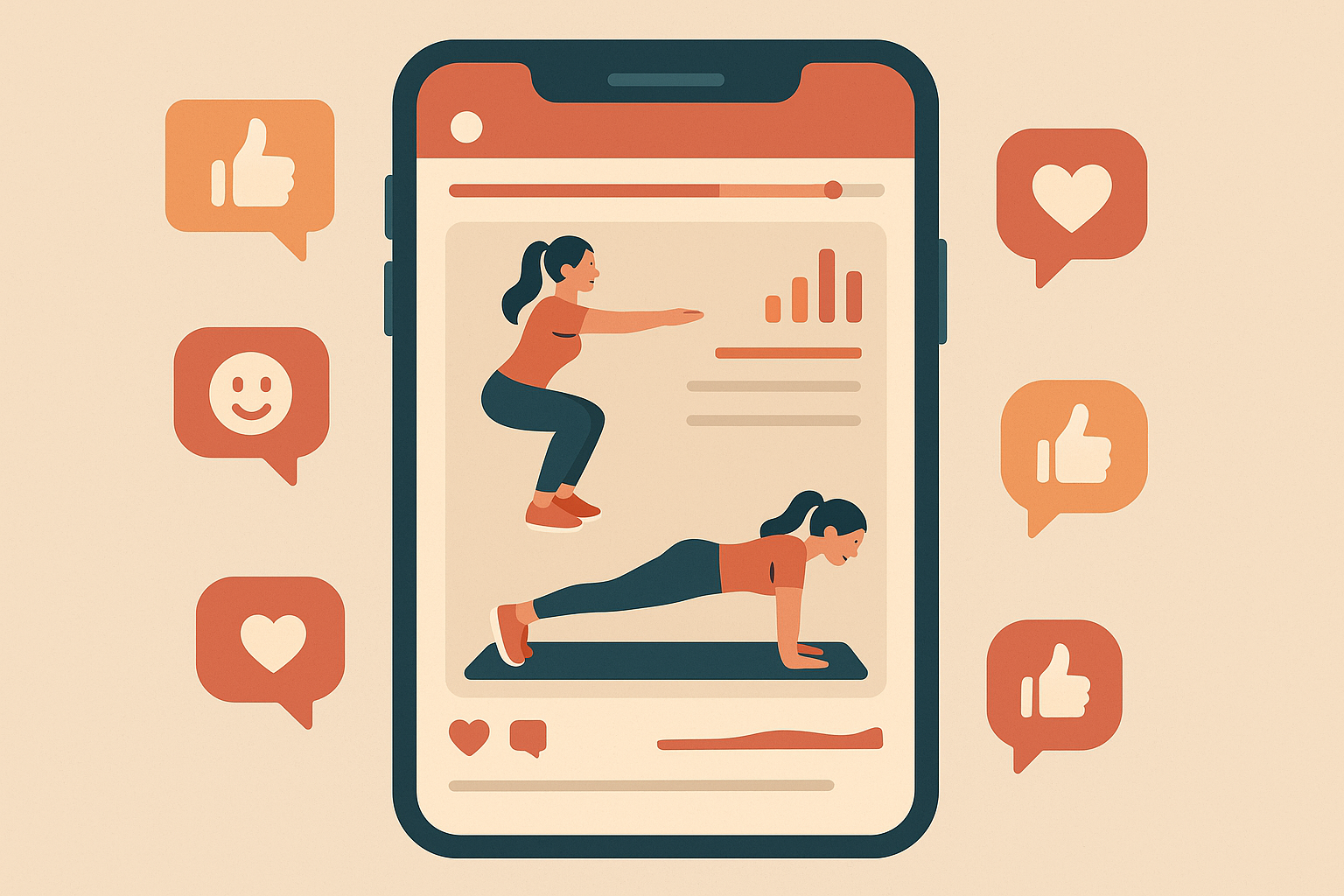
Friendly Competition
I formed a small group with four coworkers where we share weekly activity totals. Not in a judgmental way, but in a “look what we all accomplished” way.
We rotate weekly challenges to keep it interesting. One week might be total minutes of activity, another week might be trying new activities, another might be consistency.
The competitive element is gentle but effective. When I know others are tracking their numbers, I naturally want to hit my targets.
What surprised me was how this made me look for extra movement opportunities throughout the day. Taking the stairs instead of the elevator, parking further away, doing jumping jacks during TV commercials – little things that add up.
A few months into this, our group’s average daily activity had increased by about 30%. Not because we were pushing each other hard, but because the gentle accountability and friendly competition made it fun instead of feeling like work.
A group of five coworkers started a friendly weekly calorie-burning challenge using fitness trackers. Within three months, their average daily calorie burn increased by 28%, with participants reporting that the competitive element made them naturally extend workouts and seek additional movement opportunities throughout the day.
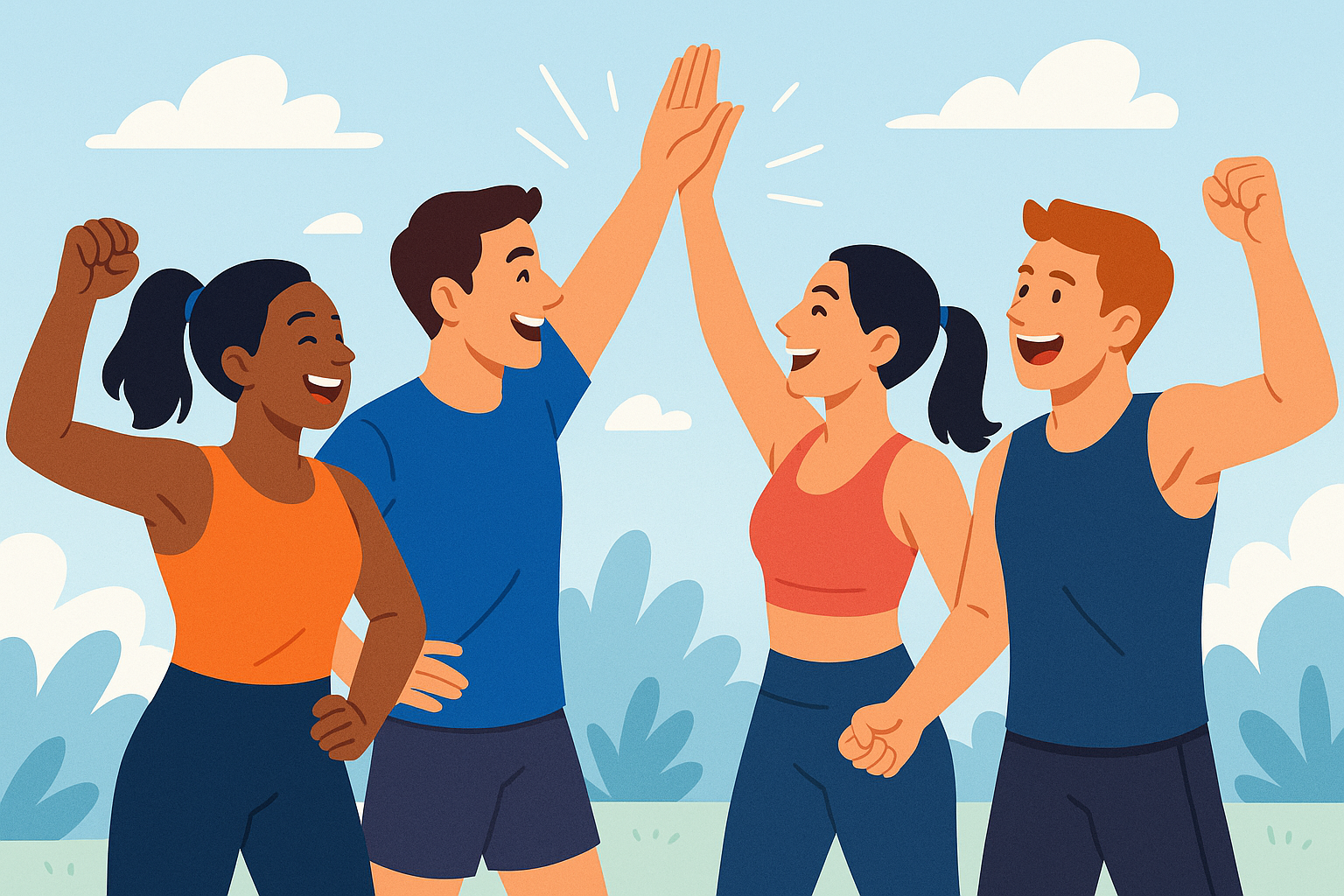
Final Thoughts
Look, I’m not going to tell you this is magic or that it’s effortless. Some days you’ll nail all these strategies, some days you’ll forget everything and eat pizza in bed while binge-watching Netflix. That’s normal. That’s human.
What I’ve learned is that burning 500 calories a day doesn’t have to be about grinding through workouts you hate or forcing yourself to eat foods that taste like cardboard. It’s about working with your brain, your body’s natural patterns, and your social environment instead of fighting against them.
The strategies I’ve shared aren’t about willpower or discipline. They’re about understanding how you actually work as a human being and using that knowledge to make things easier, not harder.
The biggest shift for me was realizing that my body actually wants to be active and burn calories efficiently. It just needed the right conditions – the right timing, the right environment, the right social setup, the right food combinations.
Start with whatever resonates most with you from what I’ve shared. Maybe it’s the 5-minute movement sessions with rewards, maybe it’s the morning routine, maybe it’s just turning your thermostat down a couple degrees. Don’t try to do everything at once – that’s a recipe for burnout.
I picked two things to start with: the micro-reward movement sessions and drinking cold protein smoothies before activity. Got those dialed in over a month, then gradually added other pieces.
If you’re looking to support these metabolic strategies with high-quality nutrition, Organic Authority’s marine-sourced collagen provides the protein foundation essential for maximizing thermal effects, while their plant-based supplements support the increased metabolic demands of daily activity. Their commitment to transparency and efficacy means you can trust the products supporting your 500-calorie daily burn goals.
The goal isn’t perfection. It’s not even consistency every single day. It’s building systems that make burning 500 calories daily feel natural most of the time, rather than like something you’re forcing yourself to do.
Your body is already burning calories all day long just keeping you alive. These strategies are just about optimizing that process and adding some strategic tweaks that compound over time.
Will you hit exactly 500 calories of extra burn every single day? Probably not. Some days might be 300, some might be 700. But over time, it averages out, and more importantly, it becomes part of how you naturally live instead of something you have to constantly think about.
The best part? Once these become habits, they don’t feel like “extra” work anymore. They just feel like how you do things. And that’s when real, sustainable change happens.

